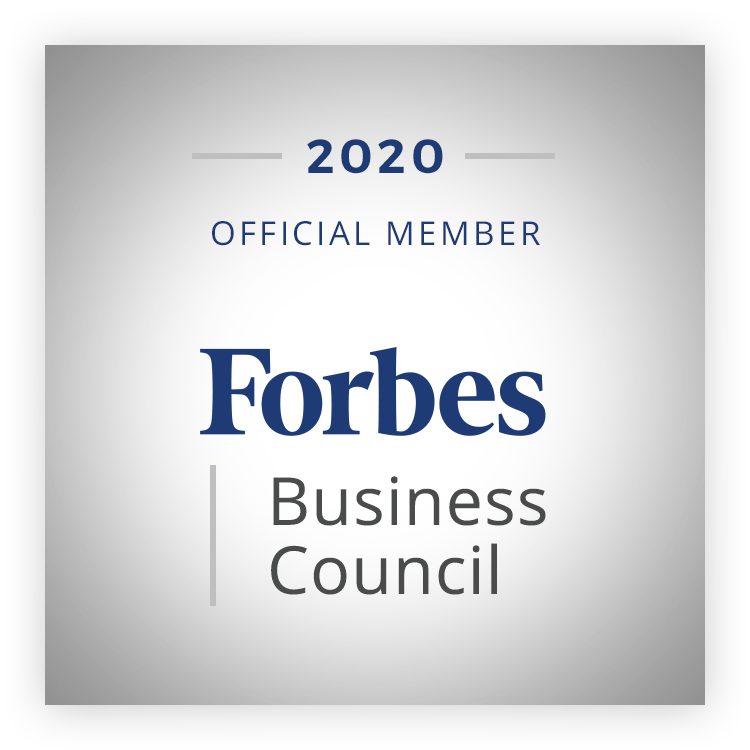I think of the work I do in organizational change, culture change, and DEI as internal branding and marketing. Indeed, to get employees on board the ship and buying into a change, you first need to make that change attractive enough to catch their attention.
These are the first two, critical stages of Prosci’s ADKAR method — Awareness and Desire. You must make employees 1. Aware of the proposed change/program and 2. Desirous of that change/program. Awareness is not too difficult. Bombard them with emails, signage, and newsletter announcements and everyone comes to know of a new program. But how do you generate desire?
I started thinking about this on a drive from New York to Washington DC for work. On the way, I got hungry and decided to stop at a rest area. The stop had a couple of food options, and my eyes perked up seeing there was a Nathan’s- I love hot dogs!
But something interesting happened. Once I went inside the rest area, I saw two things. One, there was a big crowd lined up for Roy Rogers. Their menu had tons of attractive looking options with catchy names like “Texas Pete’s Spicy Chicken Sandwich.” Then, I went to Nathan’s line. It was literally empty. I looked at the menu and saw the following options: “Hot Dog”; “Cheese Dog”, “Chili Dog.” It looked…boring. Despite how good I knew it tasted, the menu and the lack of crowd around the place discouraged me from buying from there.
The interesting point here is that despite having Nathan’s hot dogs on my mind and craving them all the way to the restaurant, its lackluster menu compared to Roy Rogers ultimately made me decide not to eat there.
There are two essential components for driving desire.
One of them is making a program or change seem attractive. Giving it a catchy name and tagline. Go ahead and be creative. The point is to grab people’s attention. So, rather than “X company’s Diversity program,” choose something like “X Company’s Include and Conquer Manifesto.”(Note: this catchphrase is already taken, sorry!)
The second is creating a buzz and drawing a crowd. These means organizing a team of organizational champions/ambassadors for the program who will share its virtues with the masses and get everyone excited. When I saw all the people in front of Roy Rogers, I couldn’t help but consider it, even though it’s not my kind of food. Similarly, the power of groups and social influence cannot be overlooked. Ensure that sentiment about the upcoming change or program is positive and excited, not dreadful or cynical. Gather feedback and promote involvement from employees on how to ensure it meets their needs.
Remember that an organizational change is more than just instilling new processes or tools. The emotional aspects of change need to be addressed as well, so pay attention to how your program is branded across the organization to ensure its success.
Want more insights on how to make your change management or DEI program stick? Check out CultureStrategy and contact us for a free assessment and strategy call!

